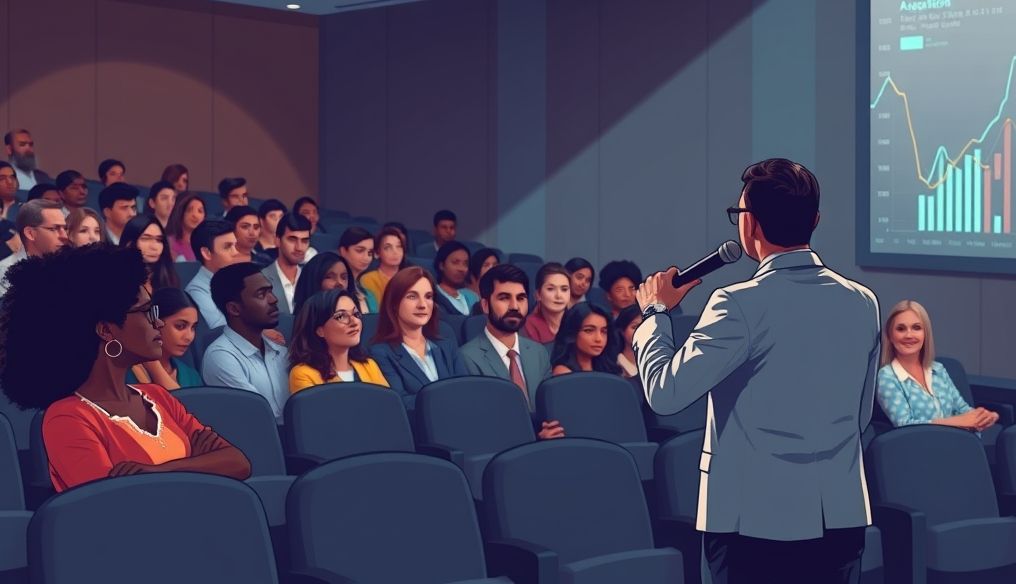Introduction: The Magic of Body Language
Body language is a powerful means of non-verbal communication, encompassing gestures, facial expressions, body posture, and even personal space. Understanding this language can significantly improve our personal and professional relationships, help us understand others more deeply, and express ourselves more effectively. But is it an innate or acquired skill?
Chapter 1: The Nature of Body Language - Innate or Acquired?
There is an ongoing debate about whether body language is innate or acquired. Some studies suggest that certain basic facial expressions, such as happiness, sadness, and fear, are universal and innate. However, many other gestures and signals vary across cultures, suggesting that they are acquired through social learning and upbringing.
- Innate: Some basic expressions are universal.
- Acquired: Most gestures and behaviors are learned from the environment.
Chapter 2: The Scientific Basis for Acquiring Body Language Reading Skills
Social psychology and neuroscience provide valuable insights into how to acquire body language reading skills. By understanding the mechanisms of learning and observation, we can develop our ability to decode non-verbal signals.
- Observational Learning: We acquire a lot by watching and imitating others.
- Reinforcement: Positive and negative feedback reinforces certain behaviors.
- Mirror Neurons: Play a vital role in understanding the feelings of others by simulating their movements and expressions.
Chapter 3: Practical Steps to Learn Body Language Reading
Acquiring body language reading skills requires practice and dedication. Here are some practical steps you can follow:
- Careful Observation: Pay attention to small details in facial expressions and body movements.
- Context Analysis: Do not judge signals in isolation from the context in which they occur.
- Validation: Make sure your conclusions align with spoken words and the overall context.
- Continuous Training: Practice your skills in different situations and with different people.
Chapter 4: Tools and Resources to Enhance Your Skills
There are many tools and resources that can help you on your journey to learn body language reading:
- Books and Articles: Look for reliable sources that provide detailed information on body language.
- Training Courses: Enroll in specialized training courses to learn advanced techniques.
- Videos: Watch videos to analyze body language in real-life situations.
- Applications: Use mobile apps that offer exercises and tools to improve your skills.
Chapter 5: Common Mistakes in Reading Body Language and How to Avoid Them
It is easy to make mistakes when trying to read body language. Here are some common mistakes and how to avoid them:
- Overgeneralization: Do not assume that a single signal always means something specific.
- Ignoring Context: Consider the surrounding circumstances before making judgments.
- Personal Bias: Be aware of your personal biases and their impact on your interpretation of signals.
- Focusing on Negatives: Do not focus only on negative signals, but look for positive signals as well.
Chapter 6: Body Language in Different Areas of Life
Applying body language reading skills can have a significant impact in different areas of life:
- Business: Improving negotiation skills and communication with clients and colleagues.
- Personal Relationships: Understanding the needs and feelings of partners and friends.
- Education: Helping students express themselves and understand their feelings.
- Politics: Analyzing candidates' speeches and understanding public reactions.
Chapter 7: Cultural Considerations in Understanding Body Language
It is important to realize that body language varies across cultures. What is considered polite in one culture may be offensive in another. For example:
- Eye Contact: Considered important in some cultures but may be a sign of disrespect in others.
- Personal Space: The acceptable distance between people varies in different cultures.
- Gestures: Some gestures have different meanings in different cultures.
Chapter 8: The Future of Body Language Research
The field of body language research is constantly evolving. New technologies, such as artificial intelligence and machine learning, are opening up new possibilities for understanding non-verbal signals. For example, AI can be used to analyze facial expressions with high accuracy and identify hidden emotions.
Conclusion: The Power of Knowledge and Understanding
In conclusion, reading body language is definitely a skill that can be acquired and developed. Through practice and dedication, anyone can become more aware of non-verbal signals and improve their relationships and communication. Remember that understanding body language is not just about reading movements, but about a deeper understanding of the human being.




